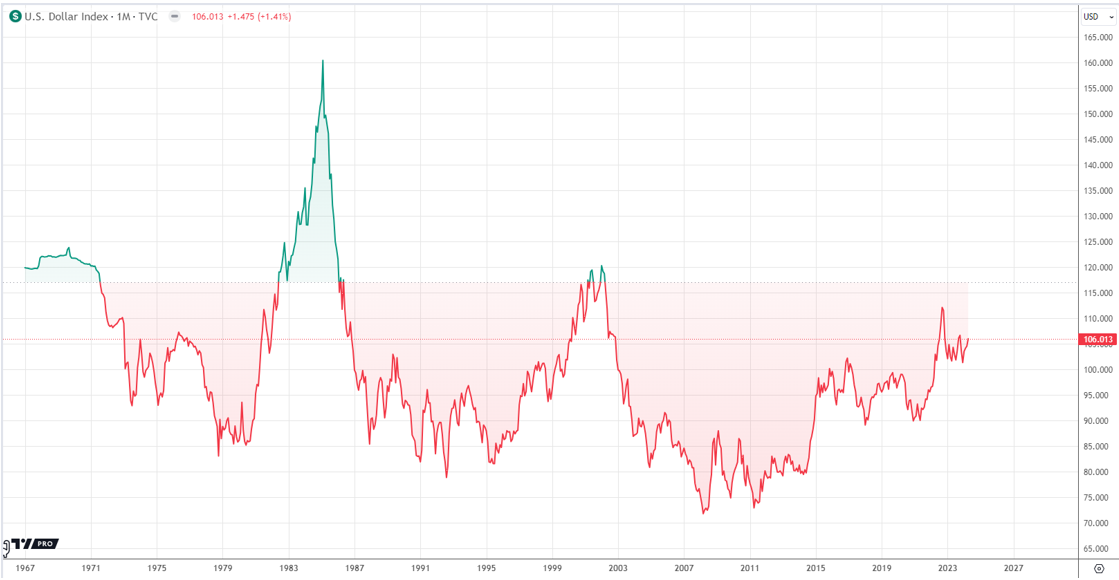The eCommerce frontend is the part of your website that online users view and interact with. It is also known as the digital storefront.
The frontend outlines the online shopping experience and includes various features such as colors, fonts, image sliders, drop-down menus, search bars, product detail pages, and shopping carts. Read on for a comprehensive eCommerce storefront definition. You will also learn why the eCommerce frontend is crucial for better sales.
Frontend development is crucial in ensuring that digital sales channels are visually appealing and functional by focusing on user experience. Frontend developers use various programming languages such as HTML, JavaScript, and CSS to develop and manage the frontend of your website.

What are the Pillars of Frontend eCommerce?
Here are core components developers should consider when designing a website’s frontend.
User Experience (UX)
User experience covers how consumers interact and view your online shop. Creating an unforgettable user experience is critical to converting website visitors into paying customers. User experience errors like poor navigation, slow load times, and a nonresponsive webpage design can increase abandonment rates.
Brands can improve user experience by allowing consumers to filter products depending on various factors like style, price, or brand. They should also improve the checkout design and shorten the payment process to increase conversions.
Design
A study that McKinsey conducted on 300 firms in different industries and geographies established that the businesses that focused on website design outrun those that didn’t. They also grew exponentially. This shows the importance of a website’s functionality and design to visitors.
First impressions determine whether customers stay on your page or bounce. Visitors will exit without purchasing if your online store is marred by poor-quality images, cluttered layouts, and mismatched fonts. To improve your eCommerce website design and retain customers:
Design the website for User Experience
Ensure your eCommerce site is optimized for mobile and desktop users. Make it user-friendly to ensure users easily navigate one page to another. Include Call to Action to define the next phase of the buyer journey to allow consumers a seamless experience.
Emphasize Color Palette
Colors are the first thing a visitor encounters about your brand. As a result, focus on choosing colors that represent your brand and attract the right audience. Research widely on color theory to understand the meaning of different colors and pick complementary colors for your website.
Maintain Consistency in Your Brand Design
Brand consistency means potential buyers should see the same design across multiple channels. Ensure your brand is unique and easy to recognize to achieve a competitive edge.
Performance
Performance is linked to user experience because the functionality and speed of your page are crucial to the consumer’s experience. Some studies suggest that the first few seconds of a web page’s load time significantly impact conversion rates. Conversion rates are often reduced by more than 4% with extra load time.
Performance can either make or break your brand. A core element of a webpage’s load are images on the website. Remember, large images usually slow your webpage. By improving your SEO, you can reduce the quality of your pictures or even compress them to improve load times. Here are some KPIs (key performance indicators) you can use to determine the level of your performance:
- Evaluate traffic sources
- Determine your audience reach and influence
- Calculate the average bounce rate and session time
- Measure profits and ROI (return on investment)
- Establish conversion rates
Pros of a Headless Frontend eCommerce
Businesses should adopt headless solutions to shift from traditional eCommerce practices. Many companies leverage highly skilled software developers to transition to advanced eCommerce solutions. Here are the advantages of headless frontend eCommerce.
Secure upgrades
In a headless eCommerce platform, the frontend and backend operate independently. As a result, this approach allows you to make agile modifications without compromising the entire system. Developers can implement market trends fast and modify the frontend without encountering costly and complex backend development.
Offers the Ideal Omnichannel Experience
Omnichannel sales are achievable whether customers shop through their mobile gadgets, PCs, a digital platform, or a chatbot. Headless eCommerce allows developers to create a frontend for new digital sales mediums anytime.
Numerous Personalization Options
Developers can choose their ideal CMS or frontend experience when the frontend is independent. Instead of relying on the eCommerce channel to execute tasks for you, you can customize the storefront to meet your brand’s and audience’s preferences. You can also include all the relevant functionalities and applications for your business.
Easy integrations
Through the headless concept, the backend can operate across different touchpoints like smartwatches, smartphones, digital signage, and smart speakers. Robust APIs link the frontend and backend to guarantee customized and consistent experiences across various channels.
Finally
Creating an appealing and user-friendly website is critical for success in today’s overly competitive eCommerce sector. Worth mentioning is that an excellent quality website appears good on the front and operates efficiently on the backend. These two components work separately, but developers and business owners should ensure they work together to improve website performance and generate the ultimate user experience.





